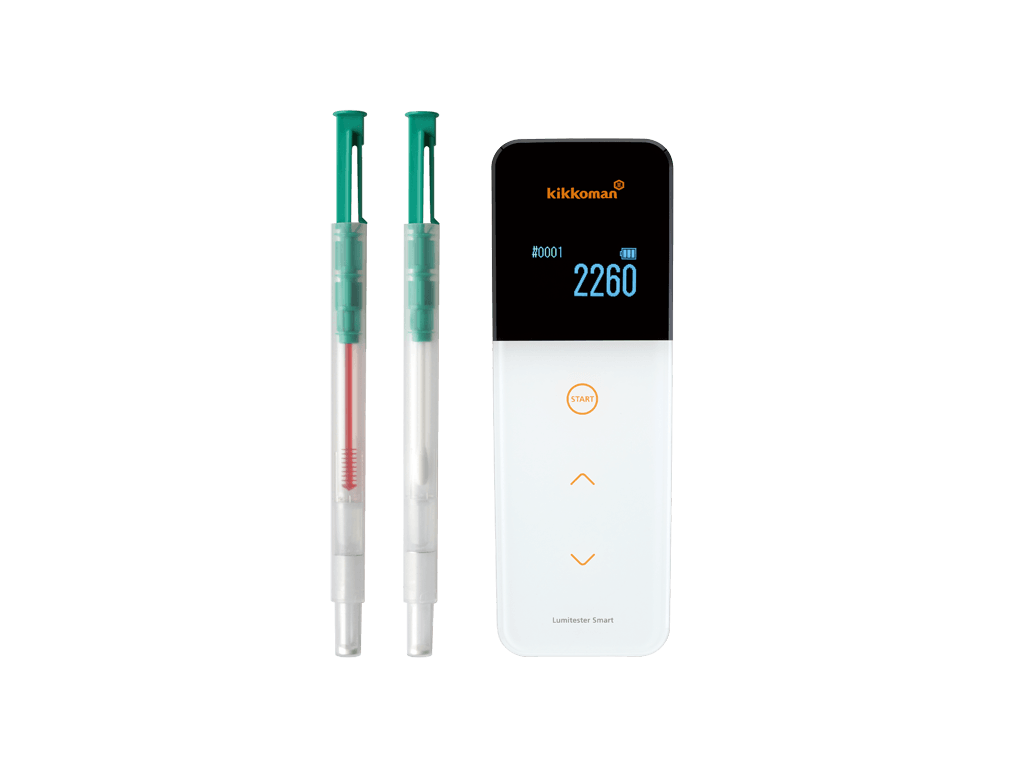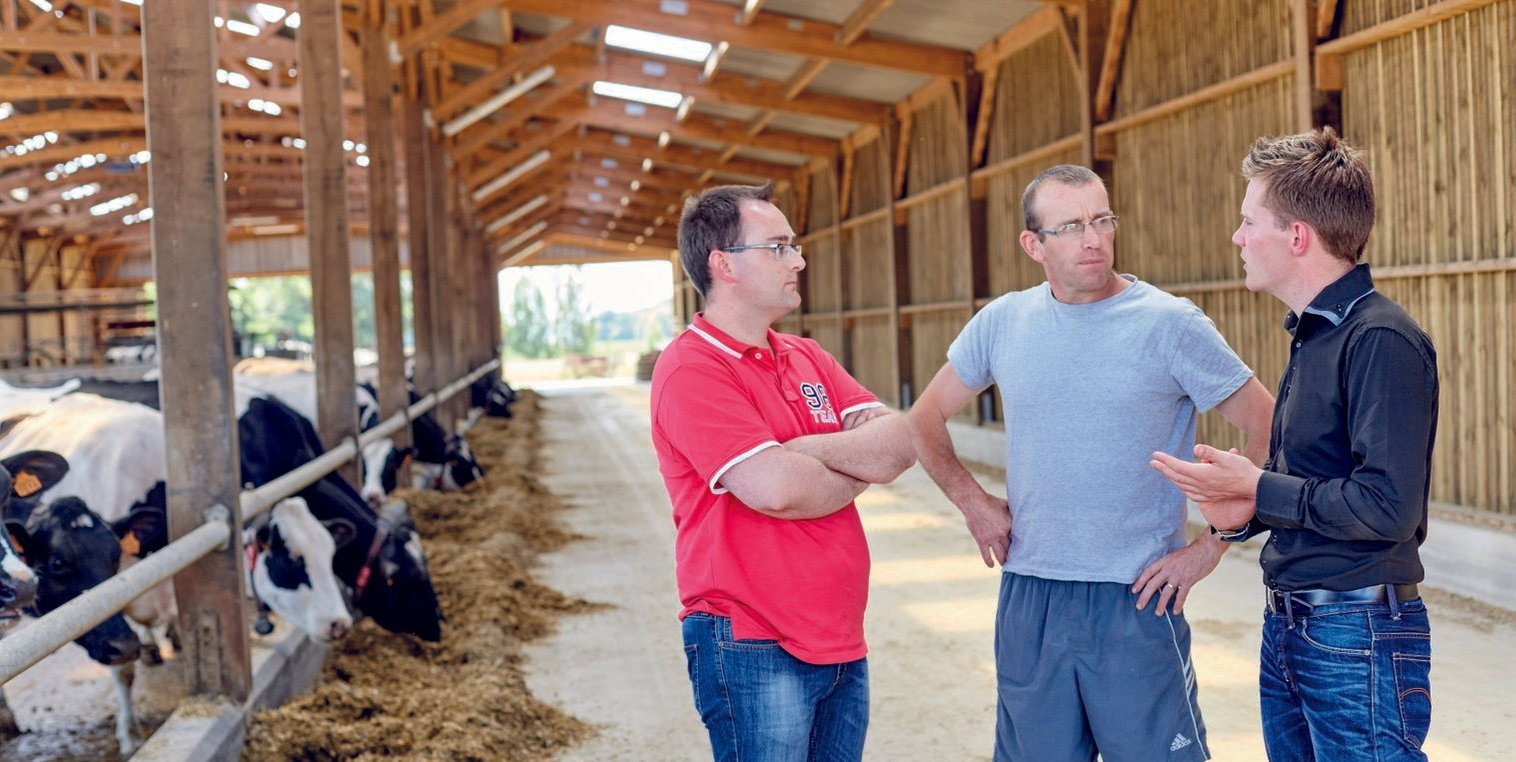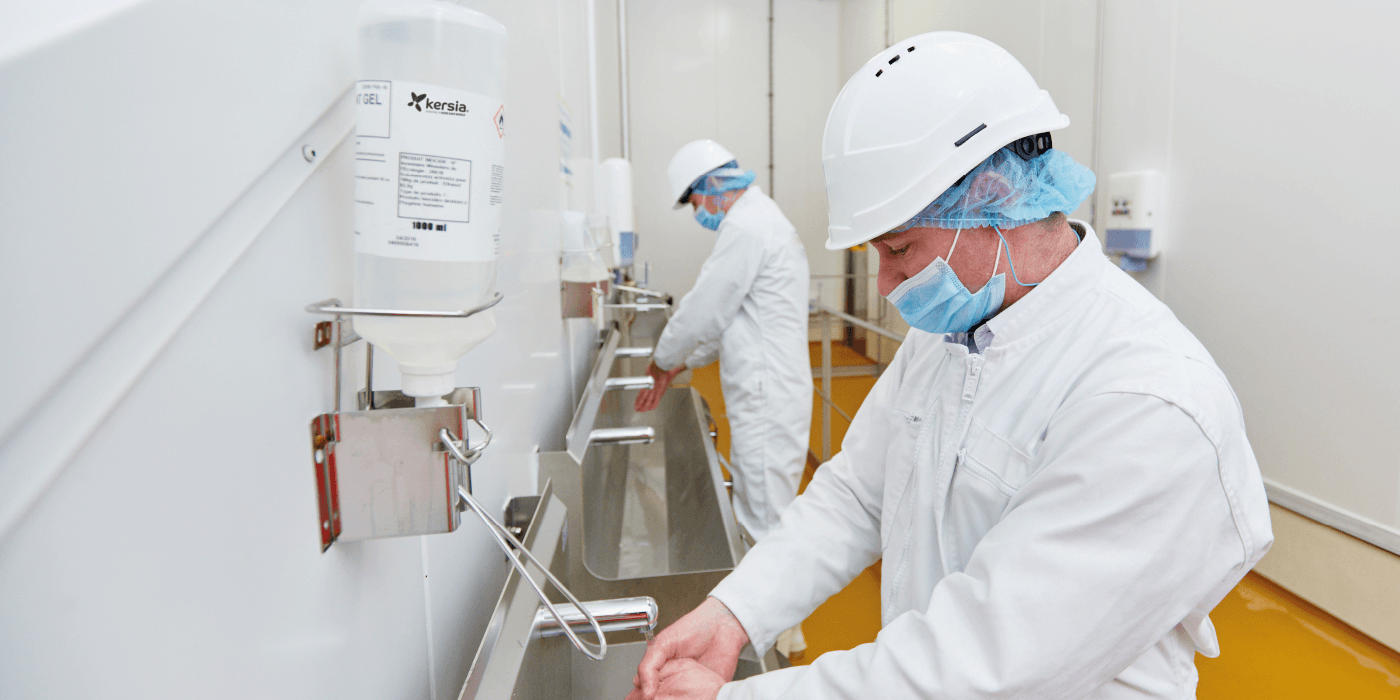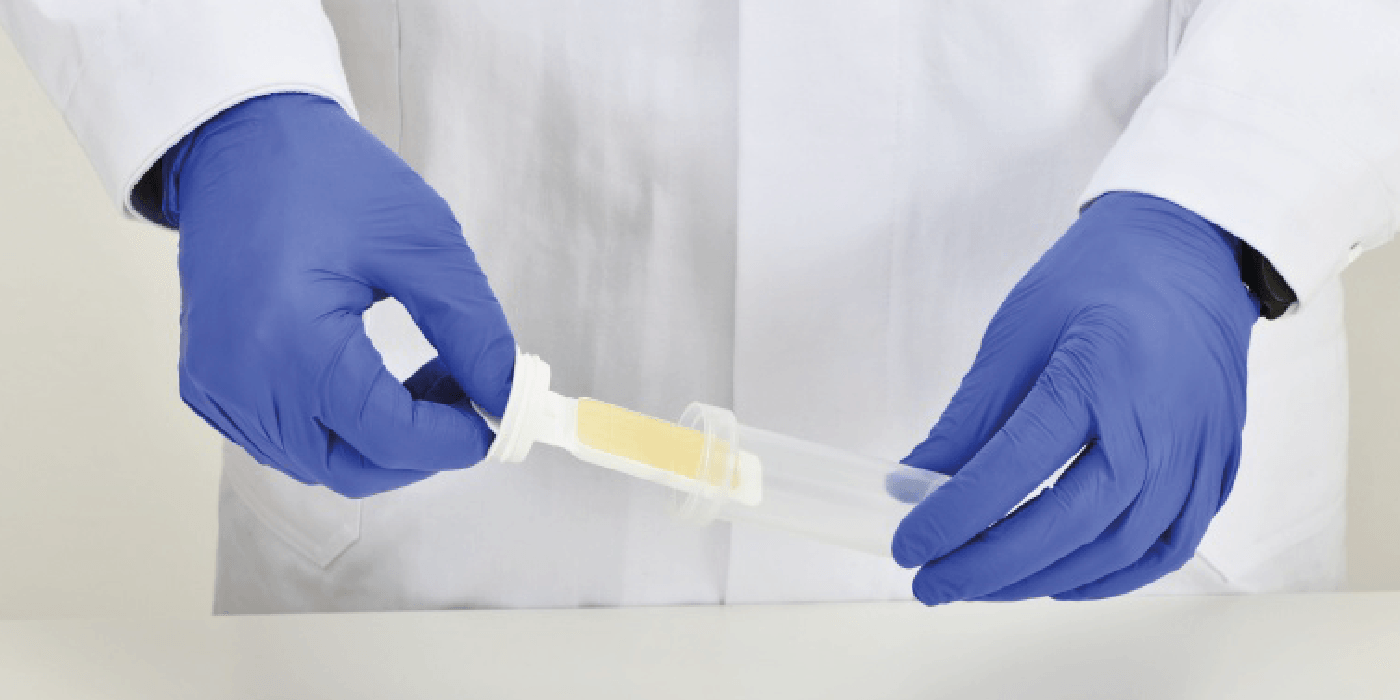New ATP technology
News posts are currently only availble in english.
A new technology called the "A3 method" presents a solution to unreliable test results associated with conventional food safety ATP analysis.

ATP (adenosine triphosphate) is a compound that transfers energy in animal and plant cells and microorganisms. The molecule is a nucleotide, consisting of a nitrogenous base, a sugar ribose, and the triphosphate, that participates in many of the cell's chemical processes that require energy.
Since ATP is found in almost all foods, detection of ATP has long been used as an indicator for rapid cleaning control in food industry and to ensure compliance with hygiene requirements.
However, ATP is not stable, and as it quickly hydrolyzes during heat treatment, acidification or by the enzymes, it converts to the less “energy-rich” adenylate ADP (adenosine diphosphate) and AMP (adenosine monophosphate). Since most traditional ATP system only have the capacity to detect ATP, and not the ADP/AMP converts, they have shown severe limitations in terms of accuracy and repeatability.
To solve the problem of natural conversion from ATP to ADP/AMP the development of a new analytical method that makes all three phases adenylates (ATP, ADP and AMP) discoverable began. This new method of analysis called A3 (as it makes all three phases available) has proven to be a significantly more reliable hygiene indicator for managing microbiological contamination, biofilm build-up or allergen risks.
The technique is based on two enzymes (pyruvate kinase and pyruvate phosphate dicinase) that re-converts ADP/AMP into ATP, making it detectable by the ATP reaction (luciferin-luciferase).
The newly developed A3 system provides strong lasting bioluminescence signals and linear calibration curves between relative light units (RLU) and the total amount of ATP, ADP and AMP in the sample, which leads to test results with high accuracy and repeatability.
To determine the impact of traditional ATP methods vs the A3 method, the relationship between ATP, ADP and AMP has been analyzed for several different foods.
The results show that high amounts of ADP and AMP were found in foods such as meat, fish and seafood, dairy products, nuts, fruits, vegetables, and fermented foods. This means that sampling with traditional ATP methods in production facilities handling such foods, inevitable means an increased risk of false negative results and lack of accuracy.
A3 technology has a built-in feature that solves this issue, providing accurate results for all kind of food residue and will give the hygiene technician a true picture of the cleaning status and ultimately lead to a safer food production.
Contact us for more information.

With Kersia, the farming and food sectors have a business partner committed to the safety of production, processing, distribution and the enjoyment of food, at every stage of the food supply chain.
Kersia Nordics is a part of Kersia Group.
KERSIA GROUP © 2022












